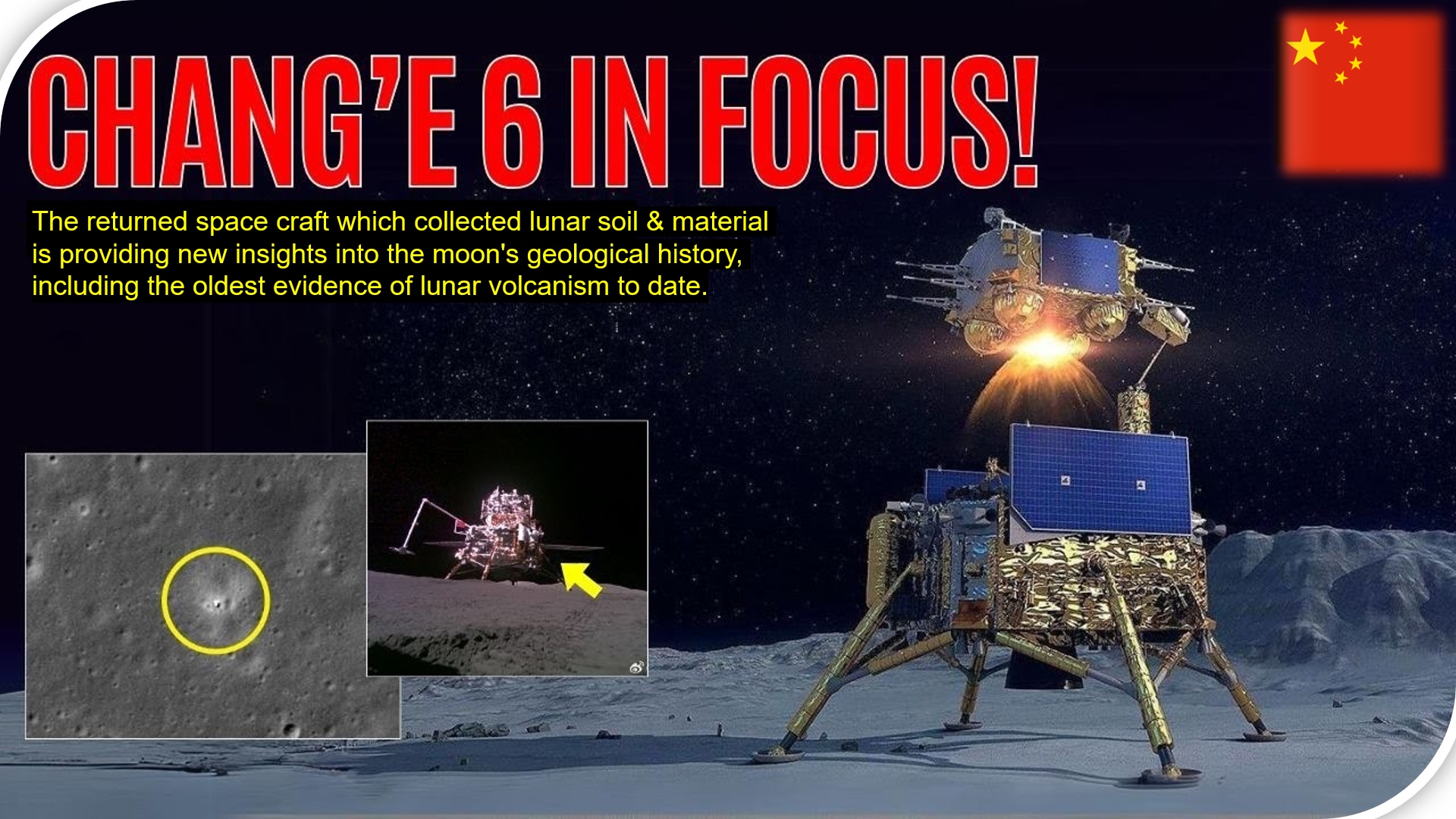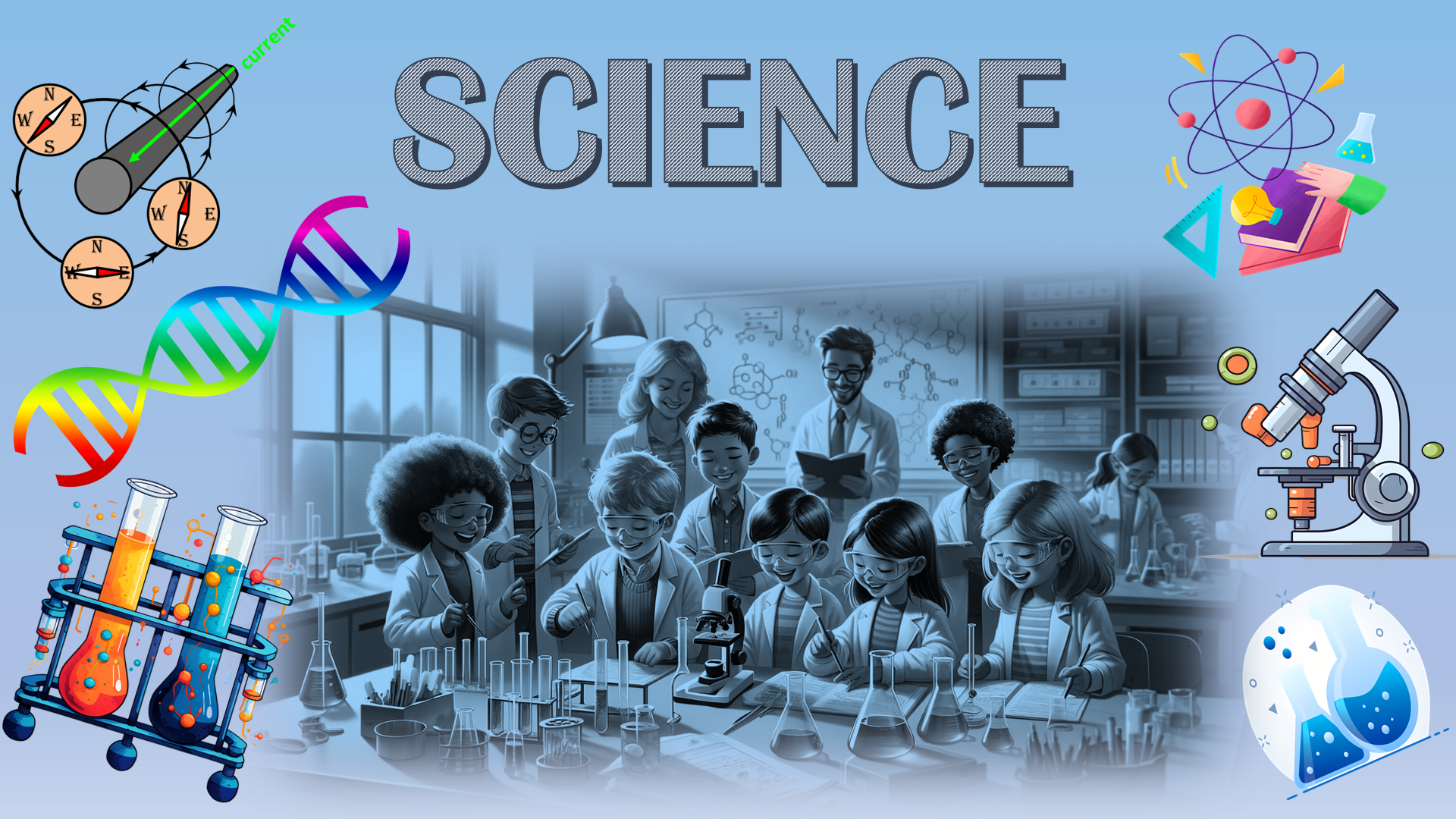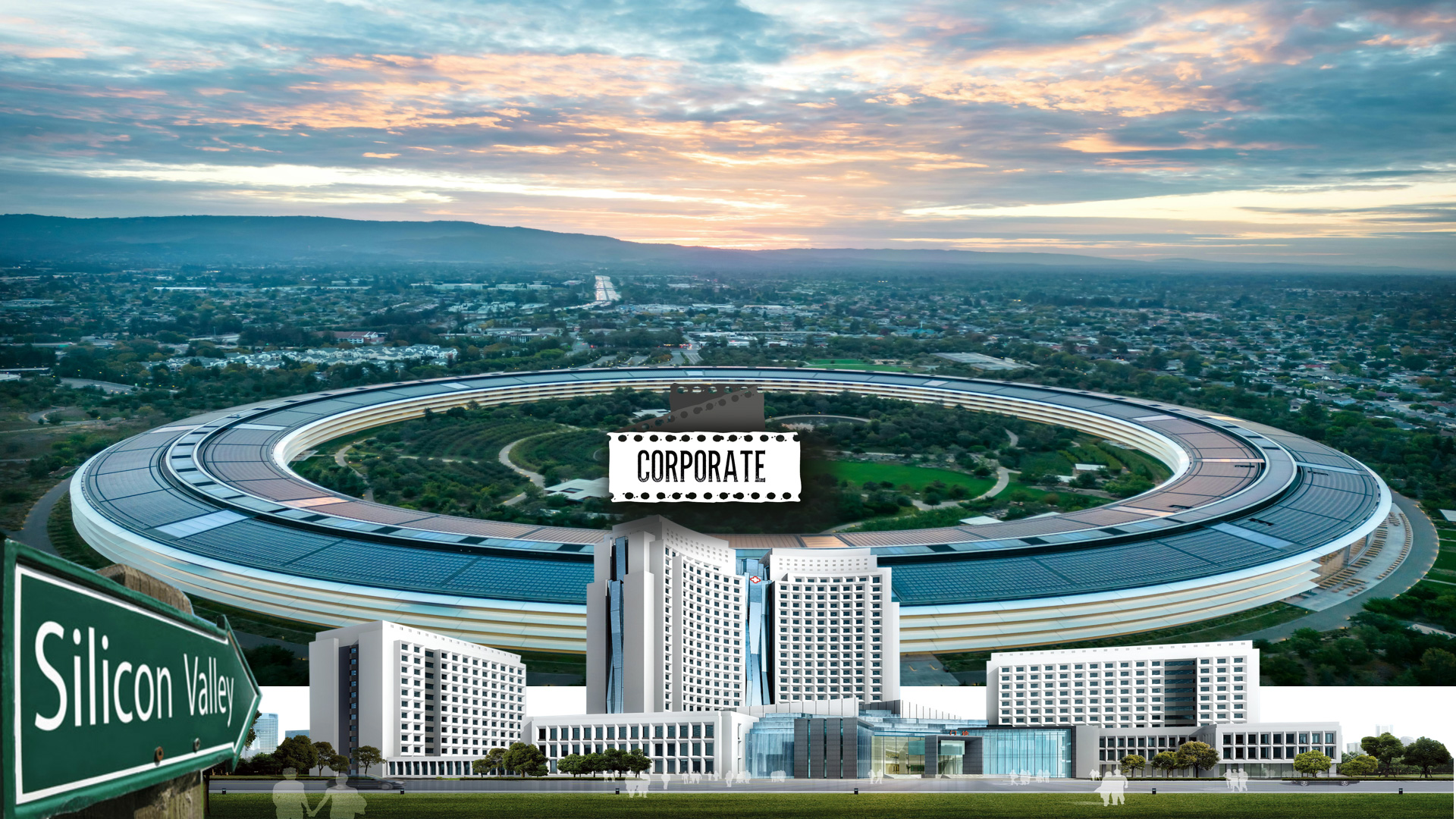Chang’e-6 Mission: Unlocking the Secrets of the Moon’s Far Side and Volcanic Past | (Sun 17 Nov 2024 23:40)

In June 2024, China’s Chang’e-6 spacecraft made history by becoming the first mission to successfully retrieve samples from the far side of the moon — a region previously unexplored by any space mission. This groundbreaking achievement provides new insights into the moon’s geological history, particularly its volcanic activity.
-
First-ever samples from the moon’s far side.
-
Offers crucial data on the moon’s evolution and internal processes.
-
Reveals that the far side was more geologically active than previously believed.
-
Volcanic rock fragments, primarily basalt, dating between 4.2 and 2.8 billion years ago.
-
Evidence of prolonged volcanic activity, potentially lasting over 1.4 billion years.
-
Multiple sources of magma, indicating complex geological history.
-
One of the oldest and largest impact craters in the solar system.
-
Features the moon’s thinnest crust, making it ideal for studying volcanic activity.
-
Enables access to deeper lunar layers and more diverse rock samples.
-
Radioisotope dating was applied to determine the age of basalt samples.
-
Compared findings with samples from Chang’e-5 and Apollo missions.
-
Confirms variations in volcanic activity across different regions of the moon.
-
Far side volcanism: Up to 2.8 billion years ago.
-
Near side volcanism: Continued until about 120 million years ago (supported by Chang’e-5 glass bead samples).
-
No current volcanic activity on the moon due to loss of internal heat.
-
Enhances understanding of planetary volcanism and thermal evolution.
-
Offers comparison with other celestial bodies like Earth and Venus.
-
Helps plan future lunar missions and deep space exploration.
-
Chang’e-6 Mission: First to bring back samples from the moon’s far side.
-
South Pole–Aitken Basin: Strategic location for studying early lunar activity.
-
Radioisotope Dating: Critical tool for determining rock ages and volcanic history.
-
Moon's Geological Timeline: Confirms cessation of volcanism due to internal cooling.
China’s Chang’e-6 mission has opened a new chapter in lunar exploration by providing unique samples from the moon’s far side. These findings enrich our knowledge of lunar history, contribute to planetary science, and lay the foundation for future missions exploring the inner workings of the moon and beyond.

Physics, Chemistry, Biology and Geography.

Computer Programming, languages & their frameworks.

Economics, Accounts and Management.

Reviewing old and new books.

Ancient, Medieval, Modern, World History.

Indian Constitution, Politics, Policies, etc.

Everything related to International Affairs.

For all humanities topics, except History & Polity.

Anything related to entertainment industry.

Mainly Cricket but other sports too.

CS, IT, Services & Corporate Sector.
Comments
No comments yet. Be the first to comment!
Leave a Comment